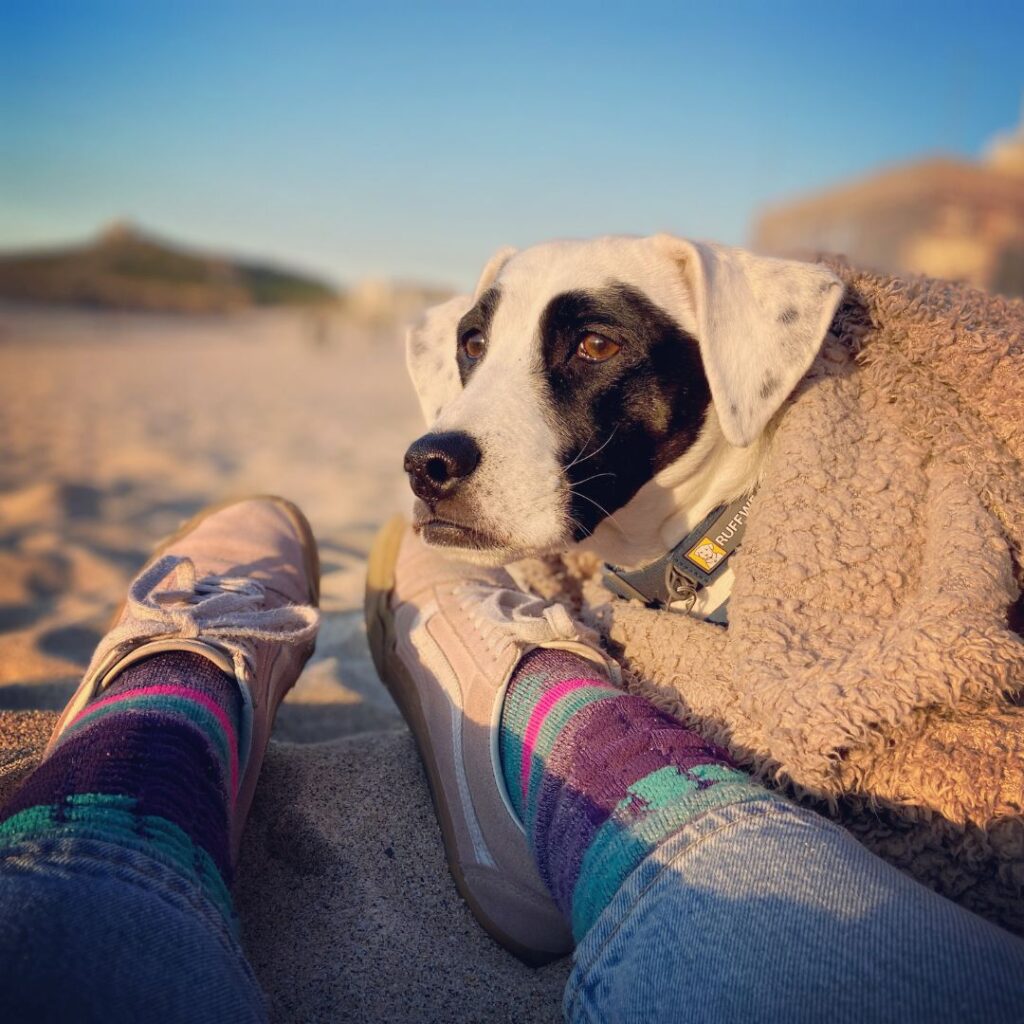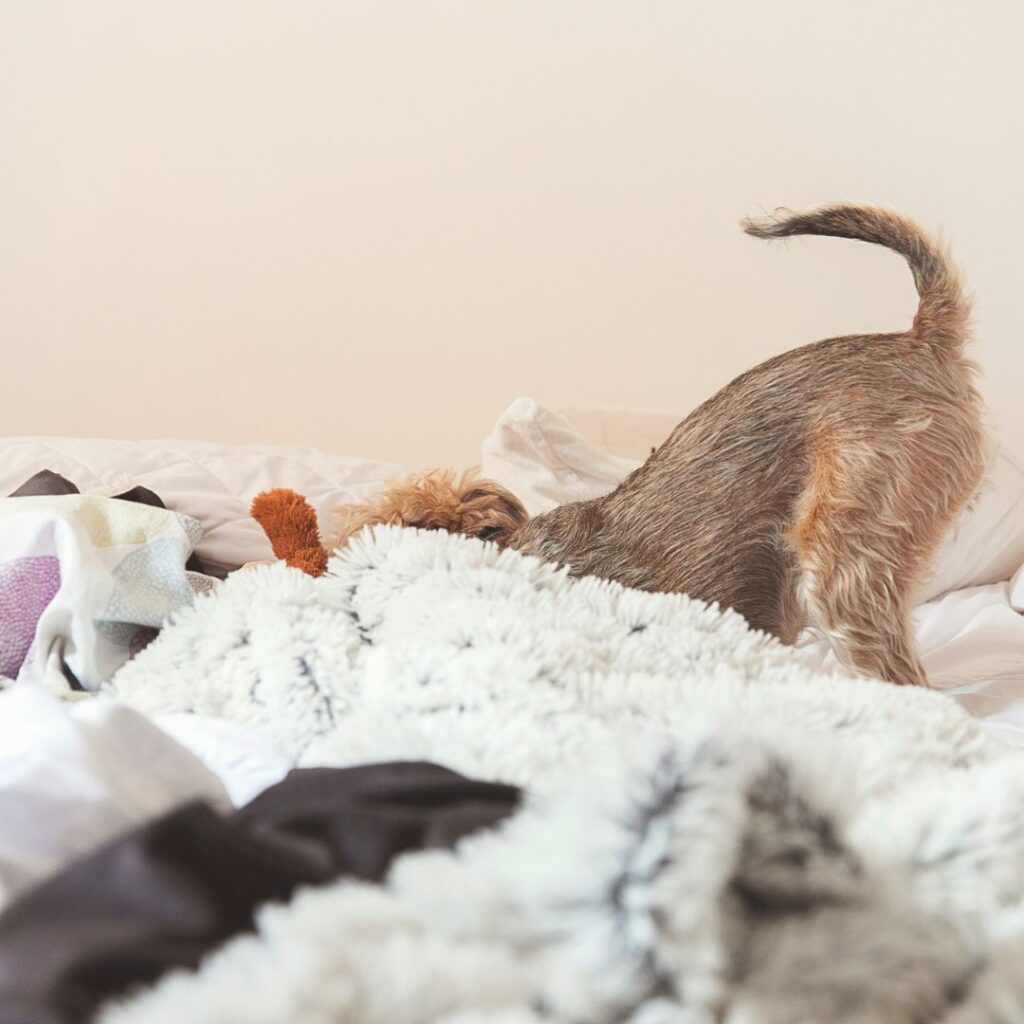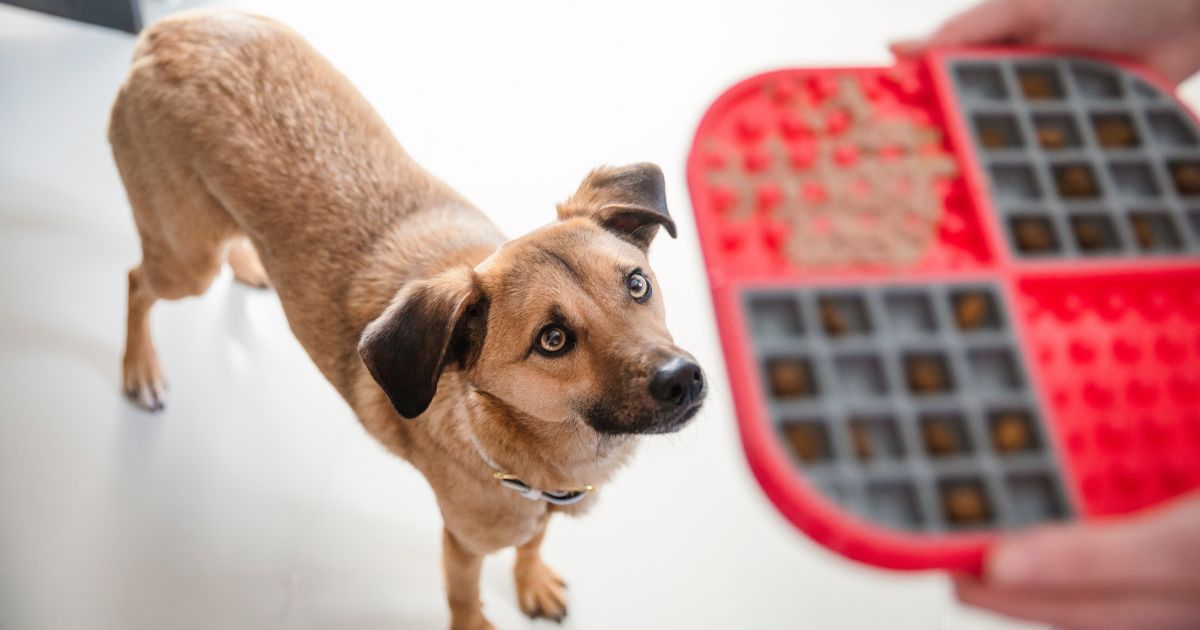Up and down the country, there are thousands of dogs in rescue centres of all shapes and sizes, just looking for a second chance. If you’ve adopted before or are in the process of adopting, you might have heard about the importance of the canine connection and how that changes over time. The more time you spend with them and get to know them, the more that’ll develop along with their personality. So how do you do it?
How do I decide between a rescue or a puppy?
While it’s easy to be tempted by the idea of bringing a puppy into your life, there’s no doubt they’re hard work. All the toilet and sleep training, socialisation and habituation, teaching life skills. Then just when you think you’re getting there, adolescence comes along… The reality is not many people know what they’re taking on when they bring home their tiny ball of fluff. And even if they do, there are times when it just gets a bit overwhelming! What that baby dog will turn into is, mostly, entirely due to how much appropriate work you put in in the first year or so. In other words, you don’t have any guarantees what kind of canine character you are raising.
The alternative is you take on a rescue dog. The advantage of rescuing a dog instead, is they’re already-formed canine characters. It’s far more a case of ‘what you see is what you get.’
You can see what size they are, how hairy, and how noisy. You can find out (if they come with a history) if they’re toilet trained, have lived with other dogs, children, cats, if they’ve been left home alone… And with a bit of research and talking to the rescue centre staff, you can get a good idea if your proposed canine match will fit into your life.
The canine connection starts in the rescue centre
Taking a rescue dog into your home is a lot like living with a new partner. To start with you’re on your best behaviour and try to be the person they really want to spend their life with. And the person you convinced them you were when you were dating. But as the months progress, keeping up that perfect front is exhausting. Slowly but surely, you become the person you actually are. Maybe you don’t make the bed every morning or empty the dishwasher. Or you leave your clothes all over the floor. Or don’t shower every day. Whatever quirks and foibles you have will eventually come out as you become more relaxed and stop keeping up a pretence.
Rescue dogs are the same. Their lives have been turned upside down. They’ve left a home they knew and everything that was familiar to be plunged into the potentially stressful environment of a rescue kennel. Everything is strange, confusing and can cause even the most secure dog to behave very differently to how they did at home.
When you visit them there, you’ll get hints of their personality and will get some ideas of the canine character they are. But it could be an enhanced version or a totally subdued version. They could feel inhibited and retreat, or else be overly clingy. Many traits will be enhanced or repressed. Or they might be exactly themselves, but this is less common.

Bringing your rescue dog home
When you take them home, while you know you have rescued them and they’re now safe, they don’t. All they know is it’s another change and more strange people. Often people expect the dog to feel grateful and happy they’ve found their forever home. But try to think about it from your new arrival’s point of view.
Rescue dogs take time to settle in. More time than most people expect.
They need to get confident in their environment, and you need to build that canine connection with them. More than anything, they need to feel safe.
Canine connection tips
- Make their arrival very low key. Forget about the hugs and the games and the play… Just let them investigate their new home in their own time. If they hide, don’t worry and don’t force them out. Just make sure they have access to water and food, and let them process their new environment in their own time.
- Let all interactions be at their instigation. It’s tempting to shower them with love and affection to make up for what they’ve missed. But this is often overwhelming and scary for your new arrival. Let them approach you when they’re ready. Let them lead all contact, and always let them retreat when they want to. This way they’ll learn you’re safe and they can start to trust you knowing you won’t grab them, and won’t force your attentions on them. This is the very start of building that canine connection.
- Never forget your dog is watching you all the time as they try and learn about you and their new home. Training doesn’t just happen a few minutes a day – and neither does building a canine connection. This happens with every single interaction you have with your dog.
- Learn canine body language so you know what your dog is trying to tell you. Especially when they’re showing you they’re worried, anxious or fearful.
- Don’t walk them right away. While you’ll want to take your new dog out and about, let them settle in the home and the garden – and with you – first. They don’t need more novelty or potentially stressful situations yet. Learning about their new home and new people is more than enough in the first week.
- Give them ways to earn easy rewards. Teach them their name and you can reward them for looking at you, and teach them a nose touch so they can learn your hands are good things.
- Introduce enrichment toys. This offers mental stimulation and a reward at the same time, helping to build that canine connection and trust. Here’s some of our favourite enrichment ideas.

The sixes – your canine connection timeline
In the first six days: your rescue dog will start to get familiar with their new environment and with you. You can start basic training and lightly exploring the local area and the things that are going to be a part of their new life with you.
In the first six weeks: that canine connection begins, they’ll start to trust you and begin to relax. And you may start to see behaviour issues you hadn’t been aware of before. This is a time to consult an accredited behaviourist if you think you need help.
By the first six months: your rescue dog will more or less have settled in, and you’ll begin to see their true personality. More importantly, your bond or canine connection will have developed. The time you put in to slowly and surely teach them you’re safe and they can trust you, will have paid off!
Few people realise that for as long as the first six months (and sometimes longer), you’re probably seeing the ‘first date’ version of your dog and not the ‘life partner’ version.
Love takes time and anything worth having is worth working for.


We’re a group of volunteers and starting a new scheme in our community.
Your web site offered us with helpful info to work on. You’ve done a formidable job and our entire group
can be thankful to you.
I’ve have a DandyDinmont Terrier who we adopted together with an elderly Cavelier KC spaniel who we lost just over a year later to present heart and kidney issues. The terrier is 3 years younger than the spaniel so she grew up with him. When he died, she went off her food and the only way to get her to eat was to coax her with boiled ham, roast beef, roast chicken, mackerel etc. she got so used to the posh food she refuses to eat dog food now and is really fussy now with what she eats. I’m giving Tails.com a shot as a last resort. I know I could starve her a while (I wouldn’t) so she’s so hungry she’ll eat anything but she will resort back to human food as soon as hunger is satisfied. Anybody any tips?
We’re so sorry to hear about the loss of your sweet dog, Ian – losing a fur friend is hard for everyone, including any other dogs in the household, we have a blog that may be interesting to read here: https://tails.com/blog/2018/07/24/my-dog-seems-sad-is-it-depression/ As for her eating, our Nutrition tips have some advice for fussy pups which you can read more about here: https://tails.com/blog/2021/01/26/top-tips-for-fussy-dogs/ We hope your pup is doing better soon 💙